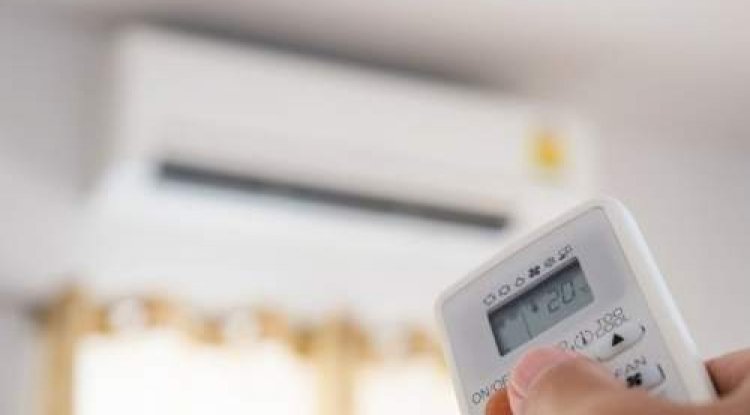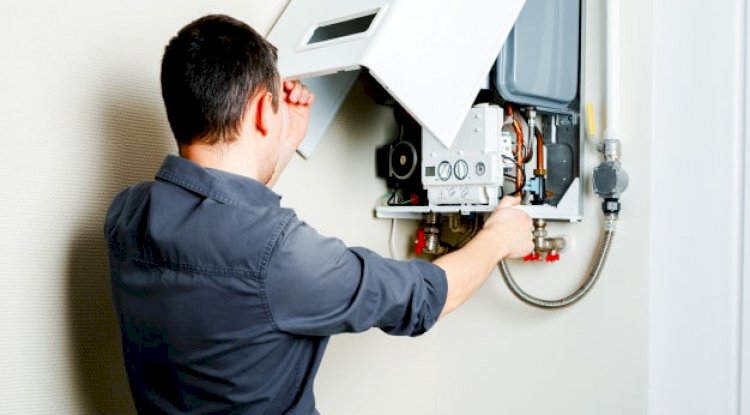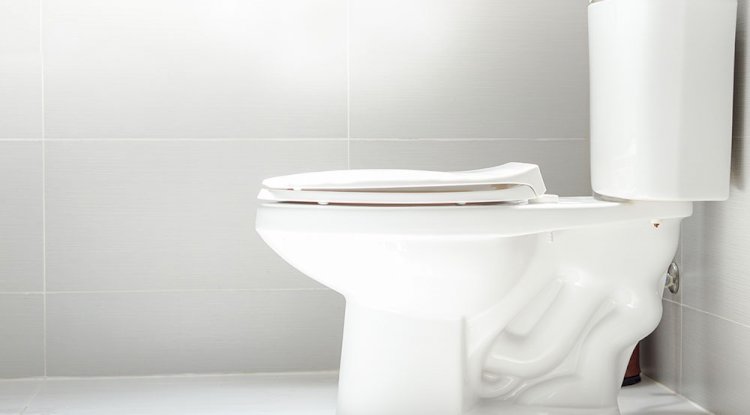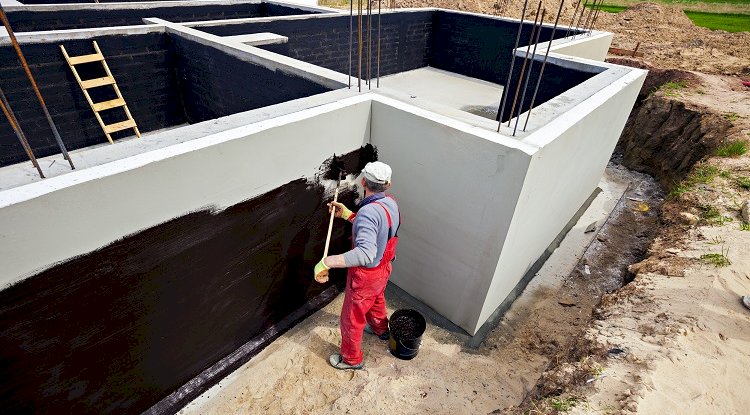Understanding How Yeast Works in Baking
Baking yeast is a living, single-celled microorganism and an essential ingredient in baking bread, pastries and other baked goods. Read more to understand how baking yeast works.
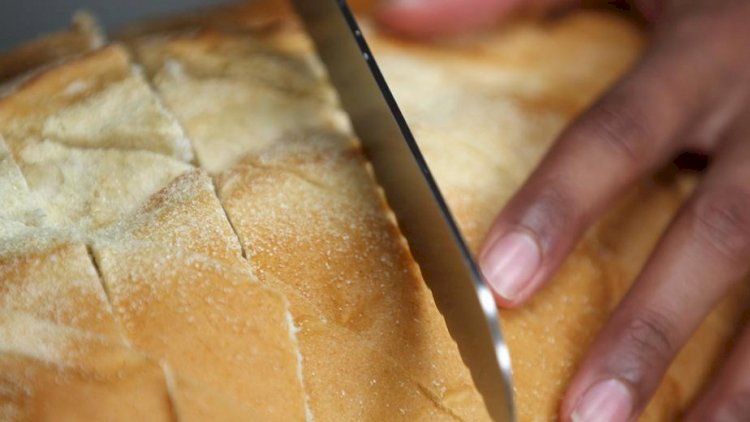
Yeast is a living, single-celled microorganism and an essential ingredient in baking bread, pastries and other baked goods. There are about 1,5001 species of yeast currently identified but for baking, the traditional yeast used is Saccharomyces cerevisiae which causes fermentation, an integral function in the process. Yeast fermentation leavens, develops and gives flavour to finished dough products.
Types Of Yeast
Baking yeast is available ready for use in different forms, differing largely by their water content. Choosing which yeast to use depends on baking requirements and storage facilities. Some baking yeasts can be interchanged in recipes, while others will only work for specific dough types.
-
Fresh yeast is concentrated and is diluted with water so it can easily be dispersed into dough. It must be refrigerated and has a short shelf life.
-
Compressed yeast has had some of the water removed and is then moulded into small blocks. Comprising 70% solids and 30% water2 it is quite compact. To use, it can be crumbled into the dough during mixing or dissolved in liquid first. It must be refrigerated and has a short shelf life.
-
Frozen yeast can be mixed straight into dough in its frozen form and is great for improving the quality of frozen dough. It has a longer shelf life but needs to be kept frozen.
-
Dry yeast has had the water removed and resembles fine granules. There are two types of dry yeast – active and instant. Active dry yeast comprises dormant yeast cells which need to be activated in water before use. Instant or rapid-rise dry yeast has smaller granules which have a porous surface so it quickly hydrates and doesn’t need to be activated before use. It doesn’t need to be refrigerated and has a shelf life of approximately two years.
All forms of yeast are readily available from expert manufacturers such as Lesaffre, who specialise in baking yeast as well as other baking ingredients.
How Does Yeast Make Dough Rise?
When dough is mixed, air bubbles are trapped and dispersed. At the same time, yeast fermentation is occurring, with the yeast feeding off various carbohydrates (sugars and starches) that are in the flour. The carbohydrates are broken down and release carbon dioxide gas, ethanol (alcohol), flavour and energy. The carbon dioxide gas inflates the air bubbles, causing the dough to rise. While the dough is rising, the yeast divides and multiplies, continuing to increase the volume. This will continue until baking, when there is rapid activity of the yeast and the gas cells expand until the heat of the oven stops this process. The heat causes yeast to die and the air pockets remain, giving the final product its light, bouncy texture.
It’s not only the carbon dioxide which helps dough rise. The ethanol, or alcohol, produced by yeast fermentation is equal in amount to the carbon dioxide produced. The alcohol is in its liquid state at room temperature, but when the dough is baking, the heat causes it to evaporate, leaving gas bubbles which also contribute to the rising of the dough.
Other Benefits of Yeast
Yeast assists with developing and strengthening the network of gluten in dough. Gluten is important as it traps the gas which is produced by the yeast’s activity, creating lighter breads and baked goods. While the dough is rising, enzymes in the flour break down the gluten proteins into smaller pieces which move around and form a network of gluten. The more gluten, the fluffier the dough once it’s baked.
Yeast fermentation also develops the flavour of baked goods. When yeast breaks down starch, flavoursome sugars are released, as well as other by-products such as organic acids and amino acids. This affects both the flavour and the aroma of the finished product. Many strains of bacteria are also growing while dough rises, some which produce lactic acid, giving a slightly tangy flavour.
Some dough is fermented twice, with the dough degassed after the first rise by punching down or stirring the dough, so the yeast is refreshed and is better able to aerate the dough during the second rise. This creates more flavour and gluten maturity during the last rising phase before baking.
How Much Yeast Is Needed?
Yeast has a distinct flavour which is pleasant when used moderately, but too much can cause an unpleasant alcohol aftertaste in the finished product. For the most delicious flavour, use only a small amount of traditional yeast and a long, slow rise.
The type of yeast determines the amount to use – for example, dry yeast goes a lot further than compressed yeast. Warm temperatures make the yeast more active so less can be used. For a quick rise in a cooler environment, more yeast is needed.
The slower the rise, the less yeast is needed as it will have time to ferment slowly. A low temperature and longer rise means the yeast will multiply at a slower pace which will result in a stronger flavour.
Yeast has such an important role in baking and no baker is without it. Lesaffre has over 160 years’ experience in baking and have an experienced team of bakers with the technical expertise to assist baker’s perfect their baked goods.
What's Your Reaction?















